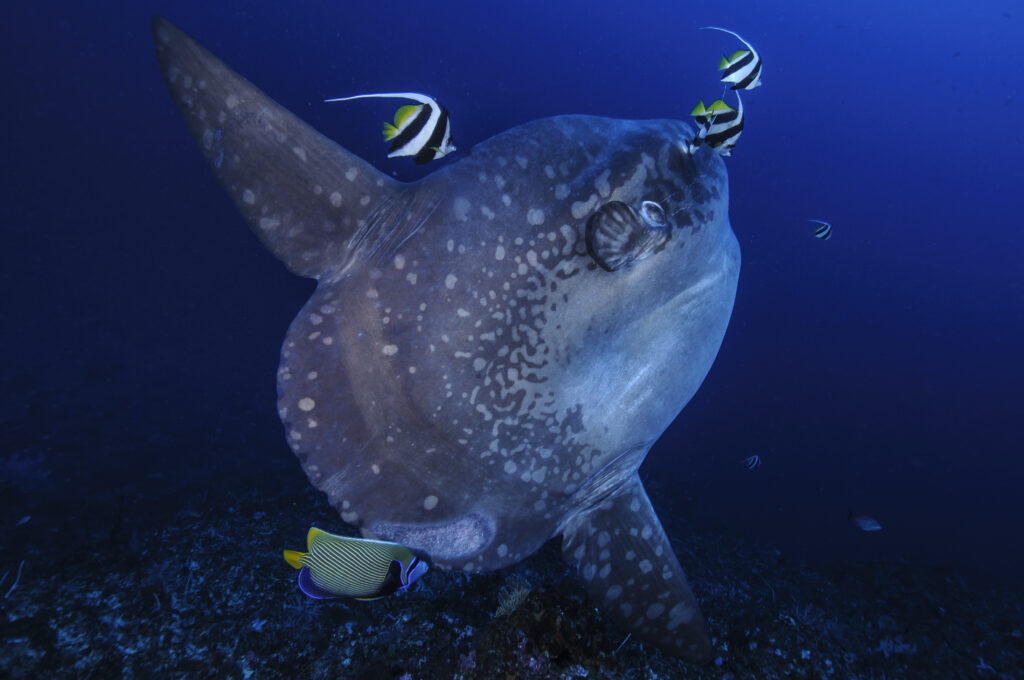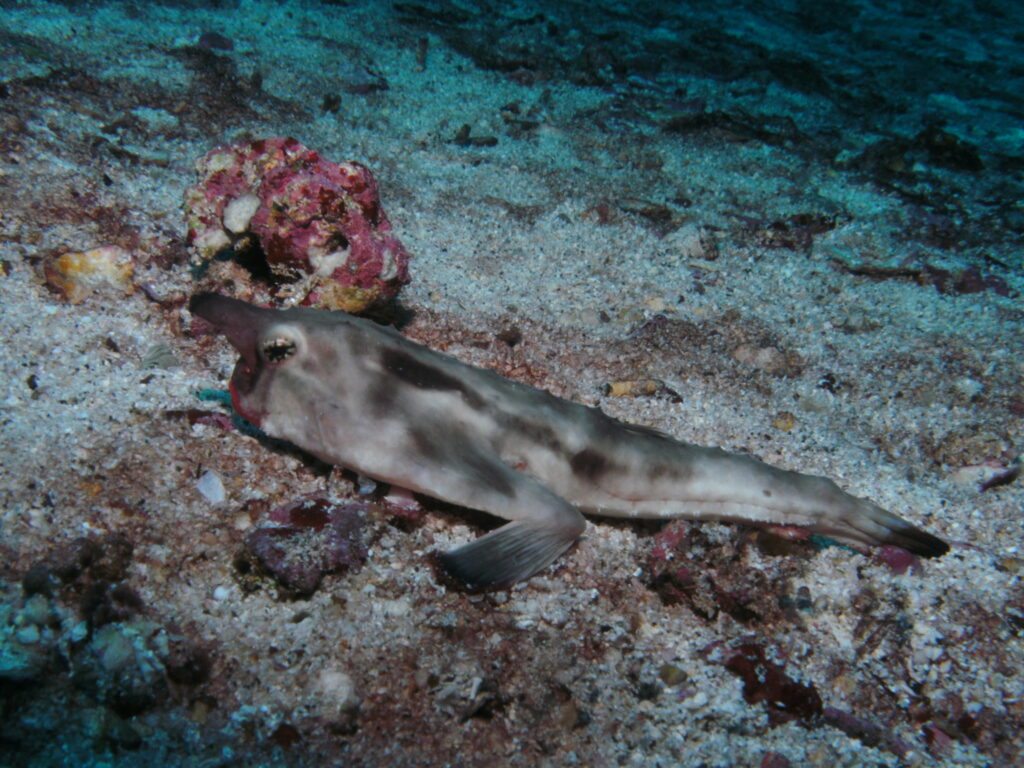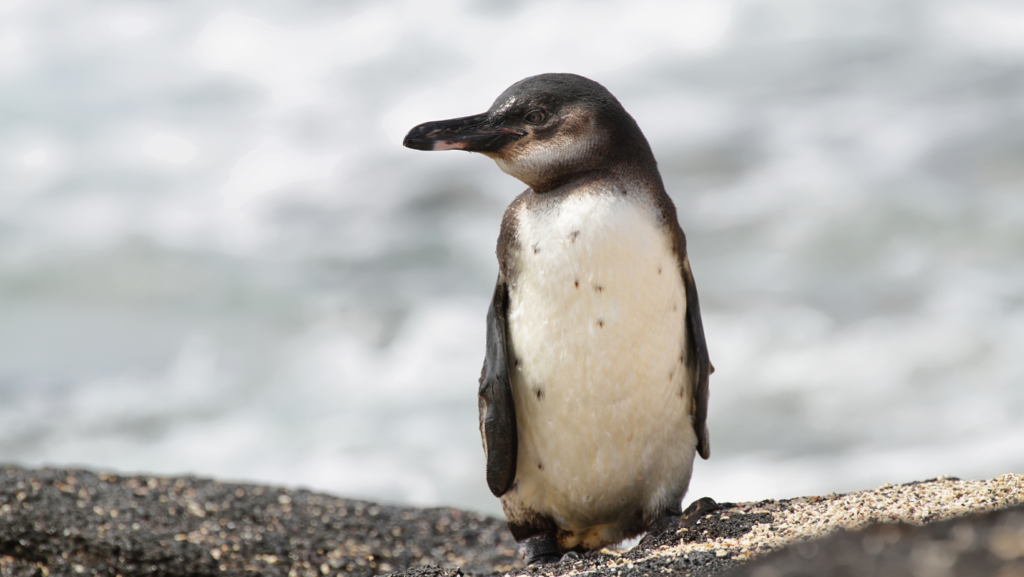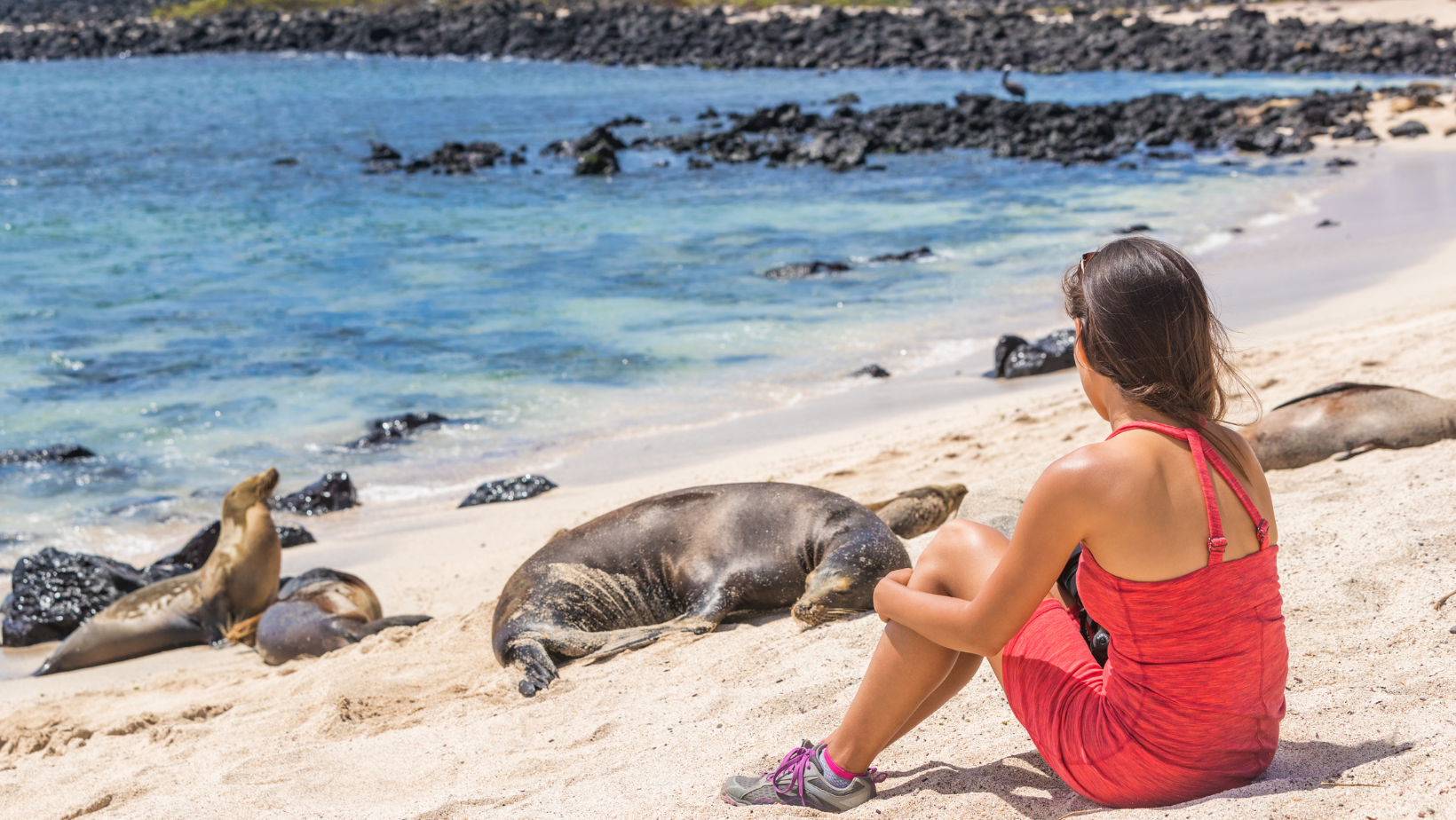
Dive site
Punta Carrión located on the east coast of Santa Cruz Island is considered warm-up dives on diving cruises, during which diving procedures and equipment are tested. Depending on conditions, encounters with white tip reef sharks, Mola-Mola, seahorses and several types of reef fish are possible and visibility is often excellent.
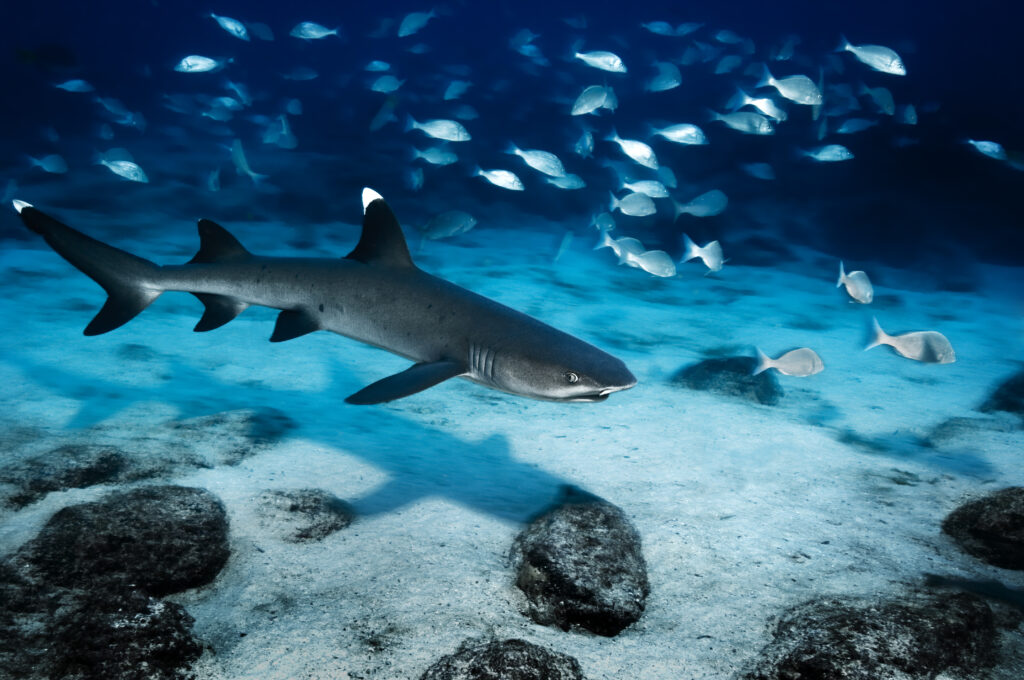
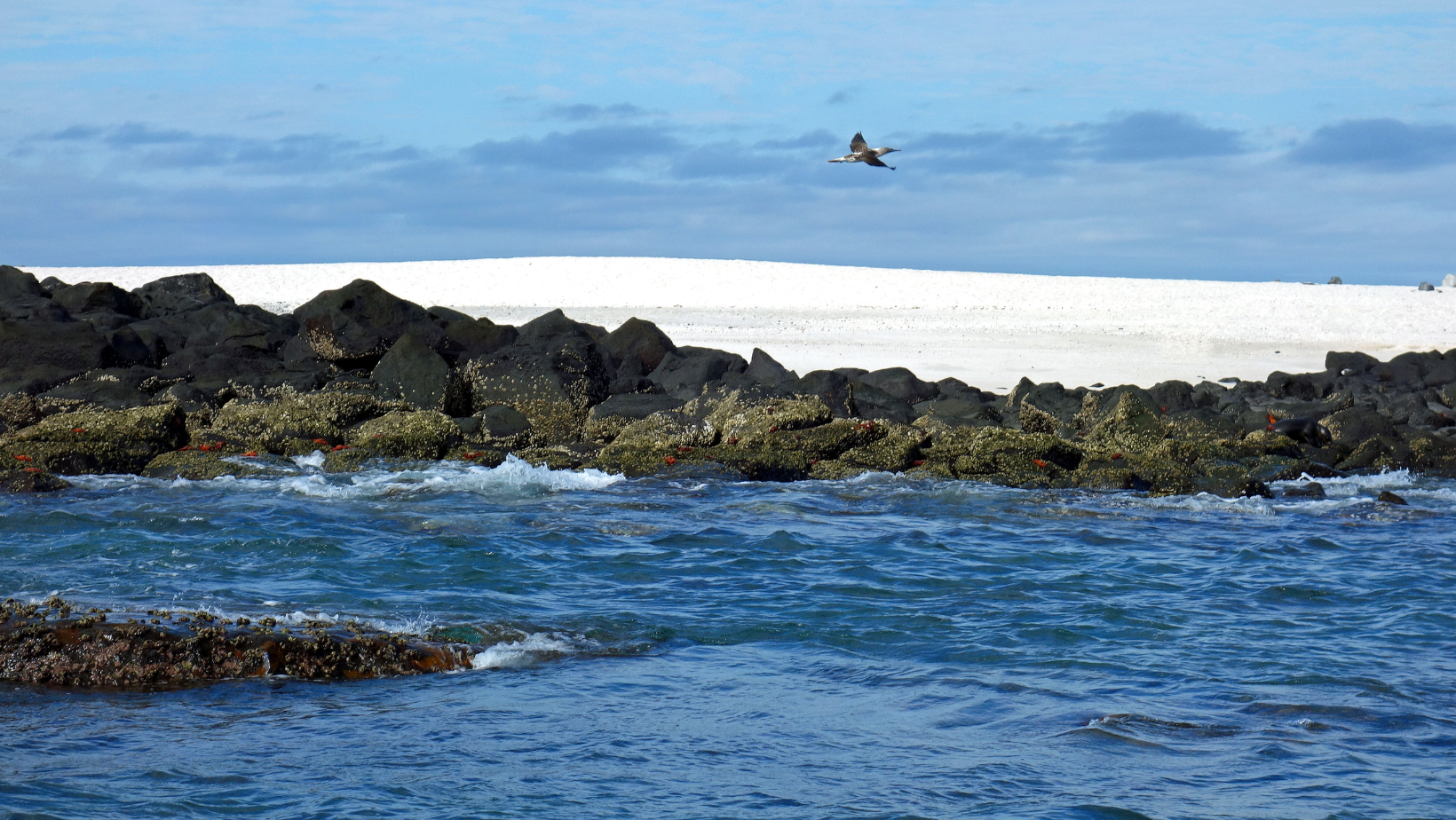
Dive site
This islet, located just north of Baltra Island, is a volcanic islet completely covered with white sand. The seabed is sandy with a few rocky islets. In the sand, you can observe large Galápagos garden eels, rays and some species of sharks, which come along the sandy bottom, and sea turtles. Further north of the islet, the site has a wall which descends deeper and deeper as you move away from the islet towards the north. Along the wall, it is possible to see Galapagos sharks, eagle rays and with a little luck, schools of dolphins and hammerhead sharks. The depth of the site varies between 20-90 feet (6-30 m), but diving averages between 45-60 feet (15-18 m).
This island can be dived from a diving cruise or with a day trip from Santa Cruz, because the navigation from the Itabaca channel is not very long (around 45 minutes).


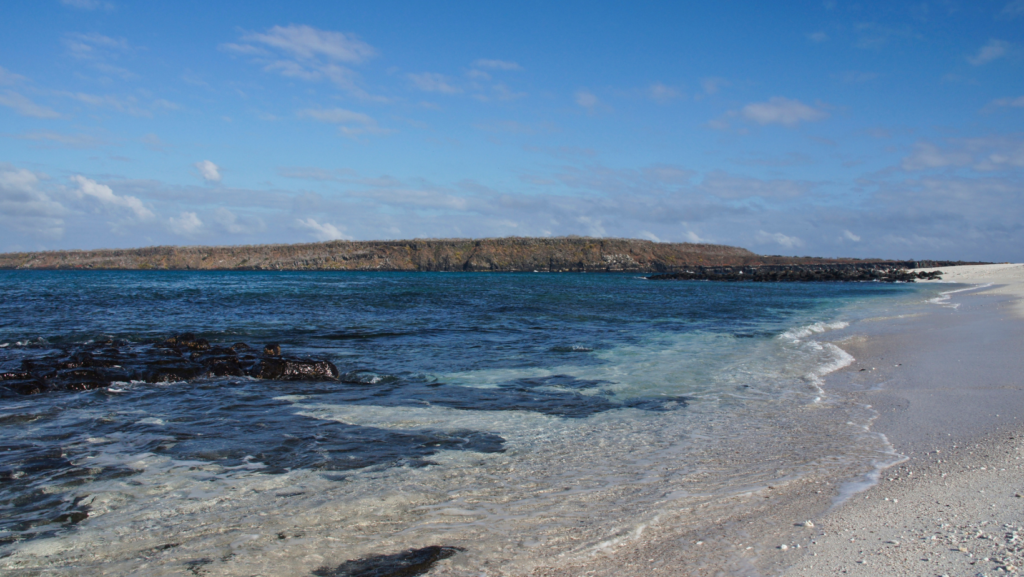

Tours to Seymour North depart from Itabaca Channel, north of Santa Cruz Island. This island is located north of Santa Cruz Island and is known for its large colonies of blue-footed boobies and frigatebirds (the latter known as Galapagos pirates). Some naturalist cruises also stop on this island.
Arriving at Seymour North, you disembark on land and immediately begin hiking along a 1.5 mile trail. You will either follow the coast clockwise or head inland to first visit the blue-footed boobies colony. During this tour you will access the nesting sites of the largest chick colonies on the islands. At that point you will understand why Seymour is known for its rich wildlife. Get ready to spot land iguanas, marine iguanas, a colony of sea lions, lava lizards and pelicans ! As you progress along the trail, you will see several trees where male and female frigatebirds nest. Then the terrain becomes rocky and this is where you can observe the place where the spectacular blue-footed boobies nest. This species is fascinating for their mating dance in which they can dance for hours until finally captivating the female to nest together.
Dive Site
One of the sites of Seymour North is in the channel which separates the island of Seymour and Mosquera. This sandy channel features large stones cascading down to the middle of the channel. Sites have a maximum depth of 65 feet (20 m). The sandy bottom is perfect for observing Galapagos garden eels, rays, moray eels, dense schools of reef fish, but also different species of sharks such as whitetip reef sharks, Galapagos reef sharks and sometimes hammerhead sharks which come along the sandy bottom. This is a beginner site, often used at the start of a diving cruise, combined with the Mosquera islet which is located right next to it.
It is also possible to dive on the northeast part of the island, on a site with a shallower sandy part, then a wall going down to almost 90 feet (27 m) deep. This site has more current, which can sometimes be very strong, but is also ideal for observing pelagic species such as the occasional manta rays, hammerhead sharks, eagle rays.
This island can be dived from a diving cruise or with a day trip from Santa Cruz, because the navigation from the Itabaca channel is not very long (around 45 minutes).


This grouping of 4 islets, called the four brothers (cuatro hermanos) is located on the southeast coast of Isabela. The boat trip from Puerto Villamil is approximately 1.5 hours, depending on sea conditions. This site is only accessible when the sea is not too rough, as the water entry along the rocks may then be too difficult. The dives are done along more or less steep walls, with currents of very variable intensity. Since the currents are very present, large pelagic fauna can be observed there frequently. It is possible to observe different species of sharks and rays, sea turtles and sea lions. This site is not visited by diving cruises.
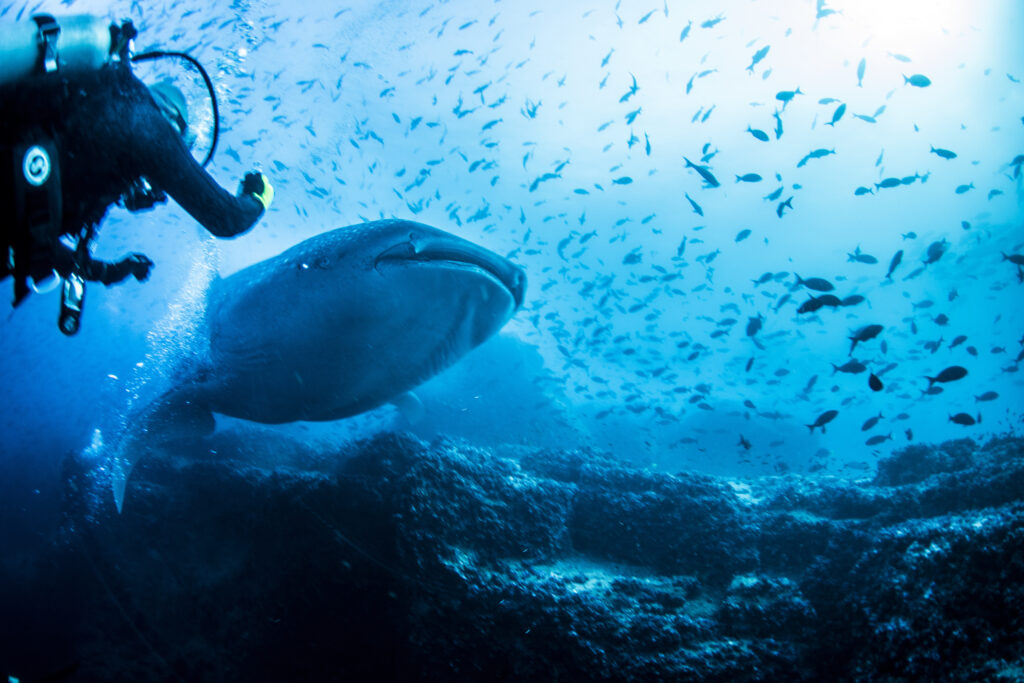
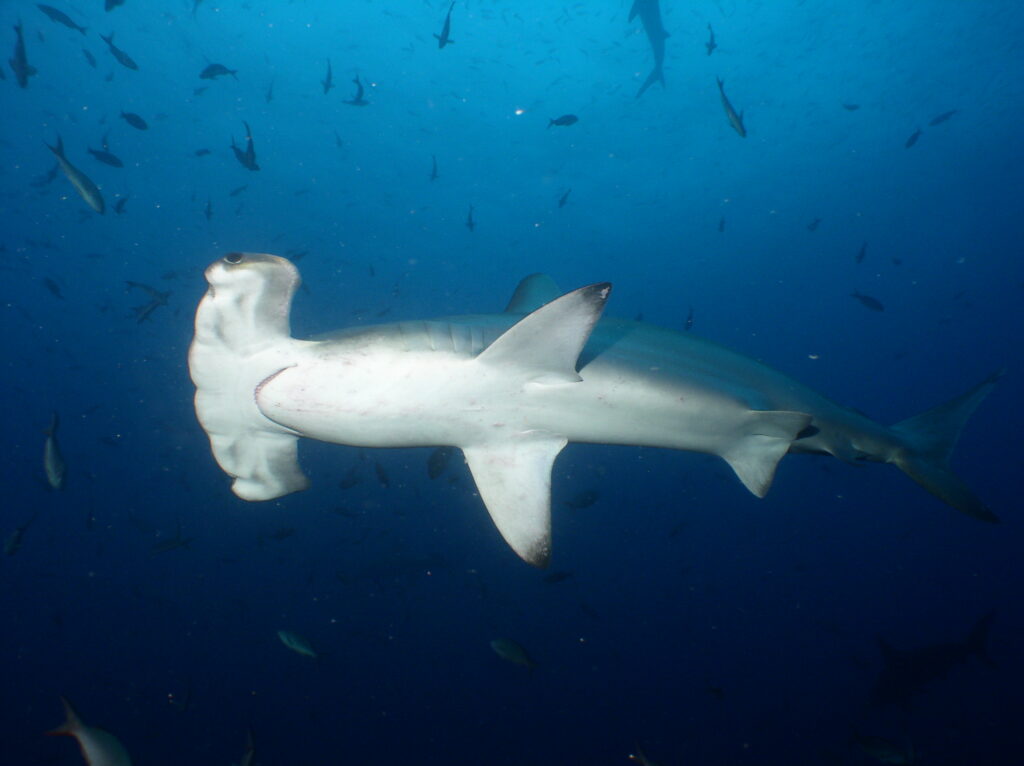
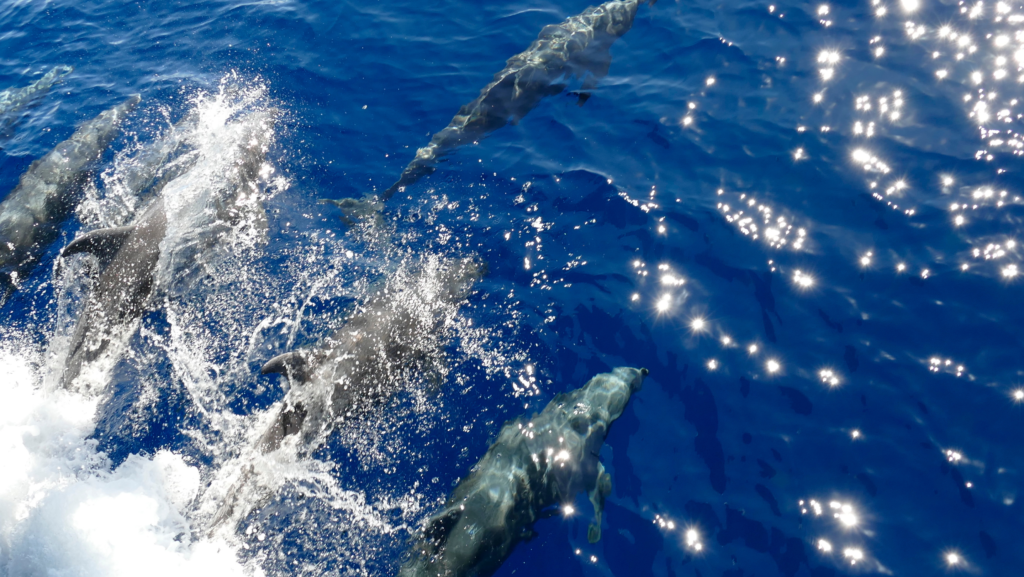
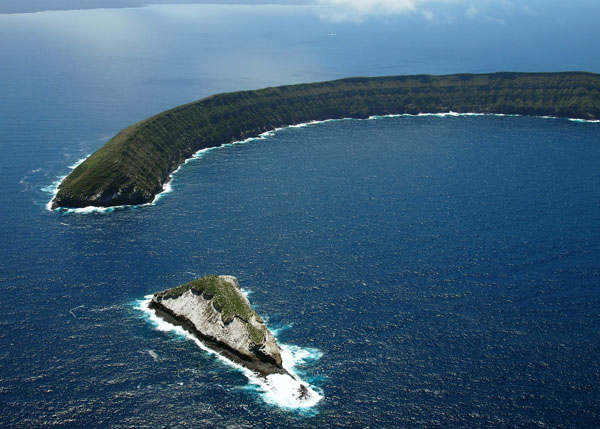
Dive site
Isla Tortuga is an islet formed by the crater of an ancient volcano. Diving is generally done inside the half-moon of the crater. This small islet is located about 45 minutes of navigation, southeast of Puerto Villamil. This site is dive with daily tours departing from Isabela. No diving cruise stops at this site. It is possible to do scuba diving or snorkeling. This site always reserves great surprises ! All large pelagics pass through this sector. It is common to come across schools of hammerhead sharks, manta rays, sea turtles, Galapagos sharks, whale sharks and even sometimes killer whales.
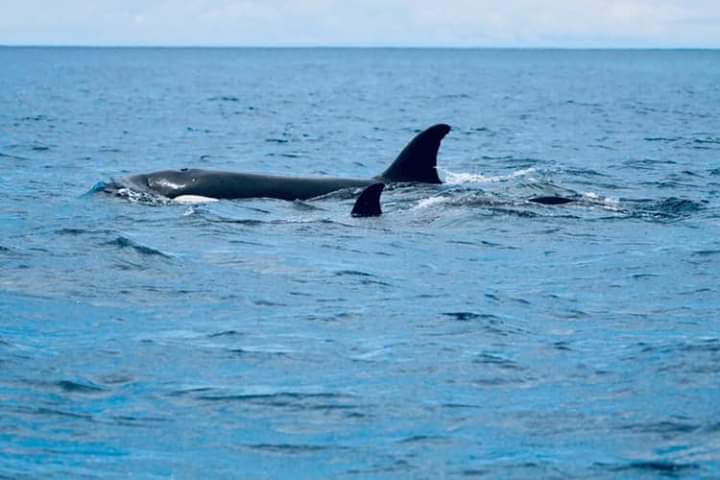
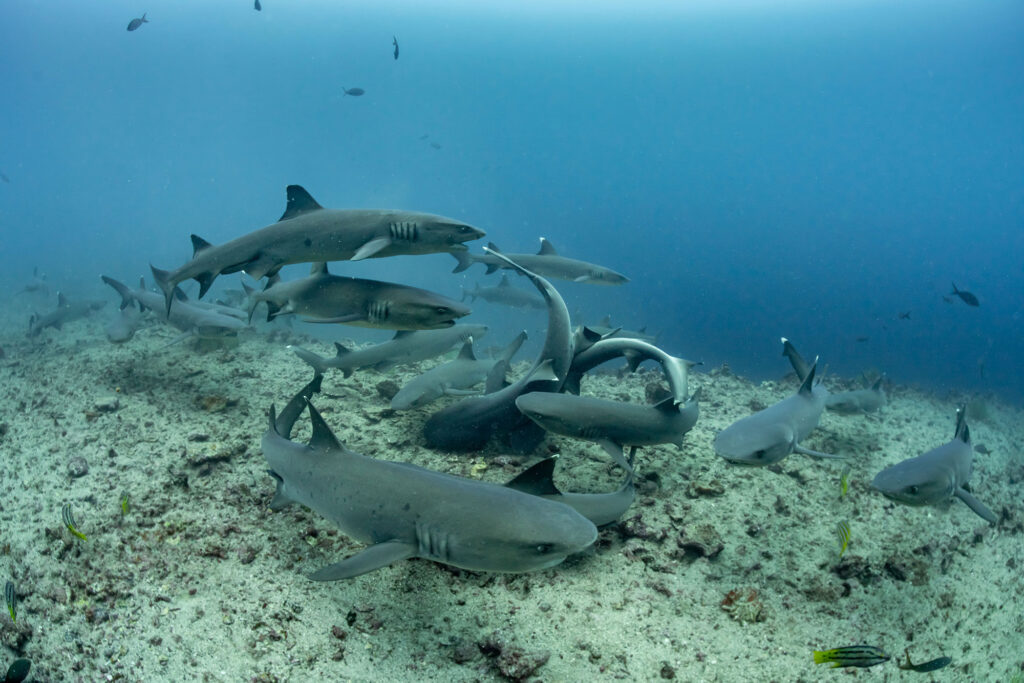
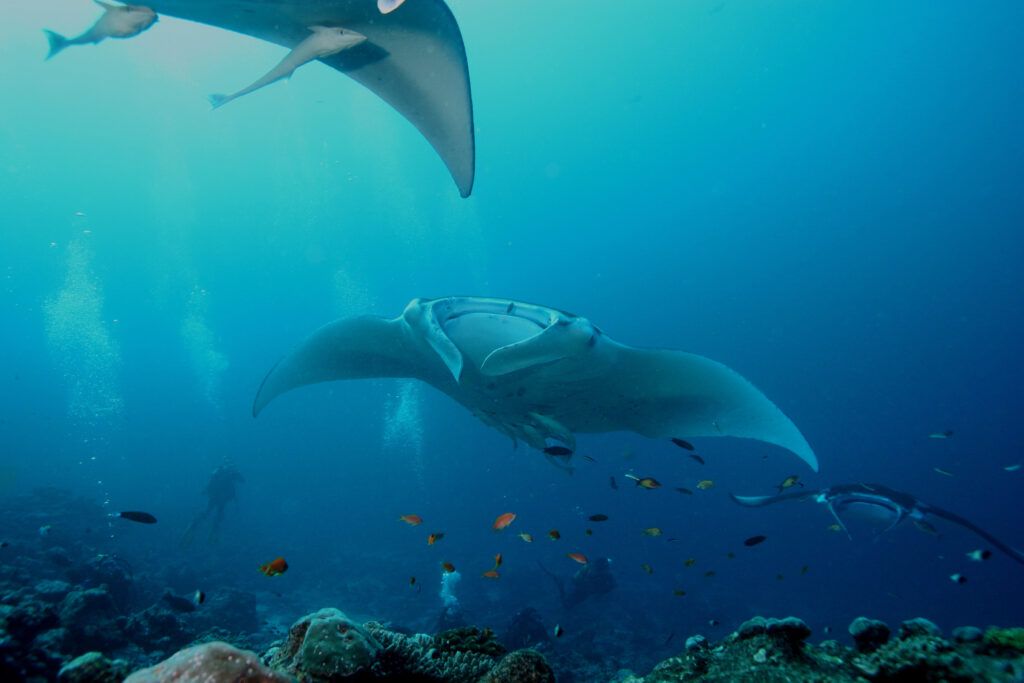

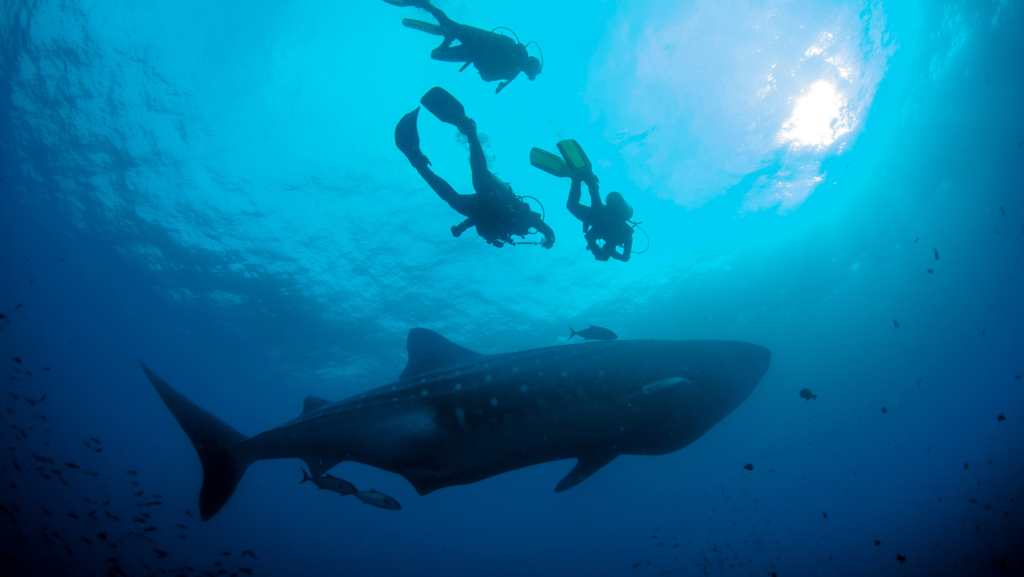

Dive site
This rock, located on the southeast side of the Isabela Island, is still rarely frequented by divers. It is a rock emerging from the sea and around which it is possible to observe a great diversity of marine species ! In addition to sea lions, eagle rays, huge schools of fish surch as baraccudas and white-tipped sharks, it is also possible to observe giant manta rays or schools of mobula rays. This is one of the best kept secrets in the Galapagos !
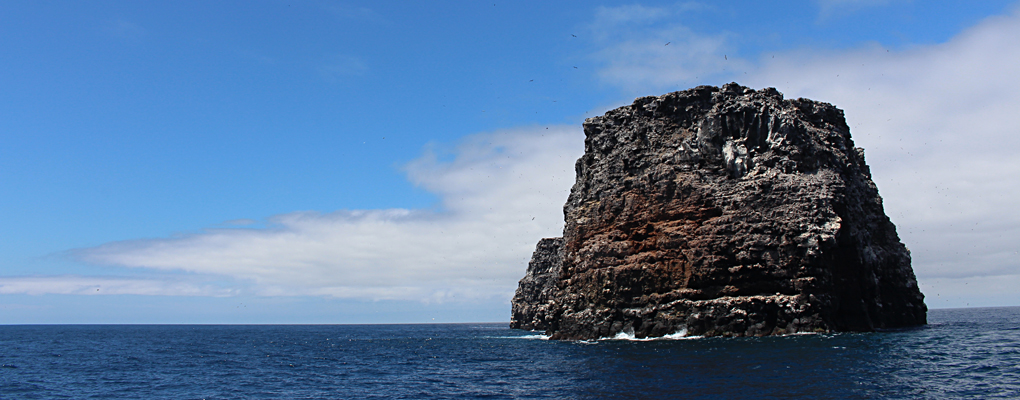
Dive site
This rock emerging from the sea is in fact the only visible part of a still active volcano. It is possible to observe Galapagos sharks, white tip sharks, sea lions but also underwater fumaroles. Fumaroles are observed at 40-60 feet (12-18 m) depth, over a large area of the eastern part of the islet. Towards the east, a gentle slope descends to more than 130 feet (40 m). All around the islet surprises divers with abundant and diverse fauna.
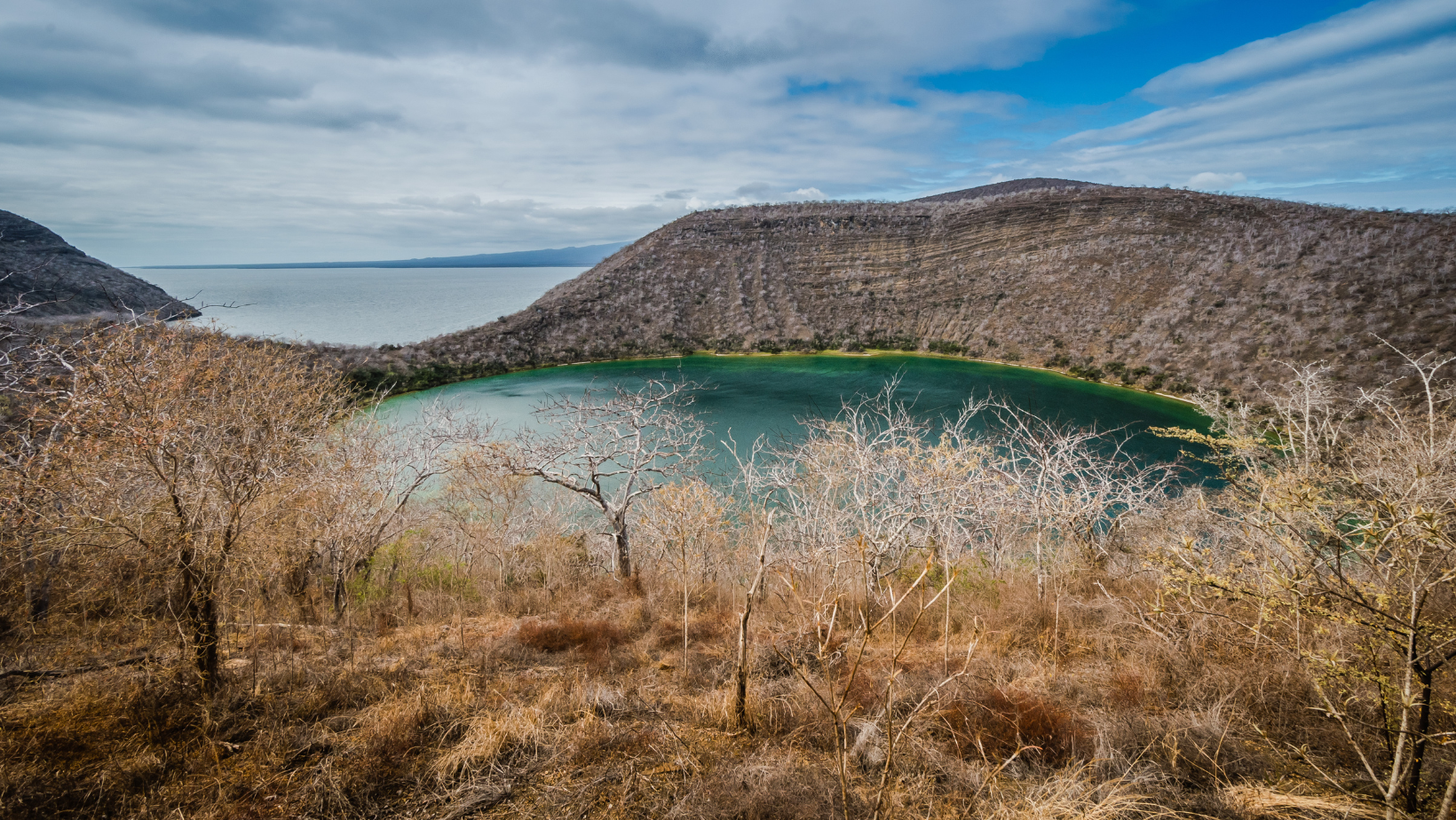
Tagus Cove is a protected cove on Isabela that is approximately 5 miles from the channel separating the islands of Fernandina and Isabela. This site allows you to observe many species of birds, including the flightless comorant and Galapagos penguins. You can go light hiking, snorkeling, kayaking or a zodiak ride along the coast. This site is only accessible with a naturalist cruise.
Dive site
Depending on where you launch, you will reach a gentle sandy slope or dive along a wall located just at the southeast exit of the cove. The wall is made up of several cellars, whose sandy bottom is teeming with life. This site is ideal for observing macro species, such as blennies, seahorses and slugs. You can also observe various species of fish and impressive lava formations. The sites offer depths varying between 20 and more than 130 feet (6 to +40 m). This site is only accessible by diving cruise but is rarely visited.
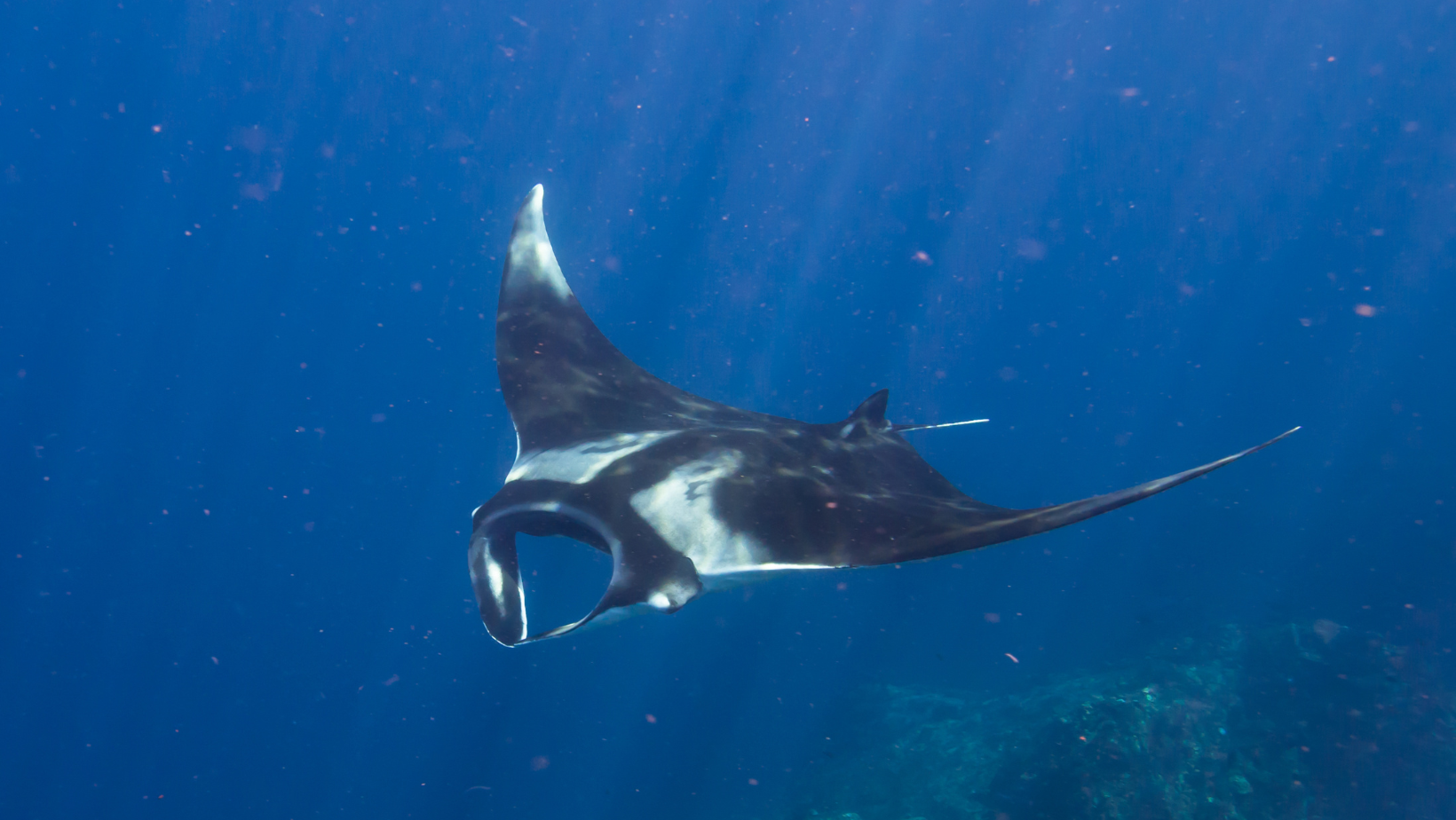
Dive site
Cabo Marshall is located on the northeastern part of Isabela Island. This site offers magnificent wall dives. The depth of the wall can reach more than 130 feet (+40 m). The prevailing current generally flows from south to north and its strength can vary greatly. This plankton-laden current attracts manta rays and mobula rays and different species of sharks. This site often has a lot of action for divers! This site is only accessible through certain dive cruise itineraries.



Punta Vicente Roca is located at the nose of the seahorse formed by the island of Isabela, namely at the northwest end of the island. This is one of the best places to observe flightless cormorants and cute Galapagos penguins. It is an ideal place for a zodiac or kayak ride and for snorkeling. This site is only accessible on naturalist or diving cruises.
Dive site
This bay has magnificent surprises for divers! Despite the often reduced visibility and the very cold current that hits this coast, it is one of the best places to observe Mola Mola (sunfish) ! It is also possible to observe seahorses, red-lipped batfish, horned sharks and, with a little luck, killer whales. You will also be able to admire on the surface, inside of the bay, a colony of Galapagos penguins ! This site is among the most beautiful sites in the Galapagos ! Diving is generally between 30-90 feet (10-27 m) deep.
